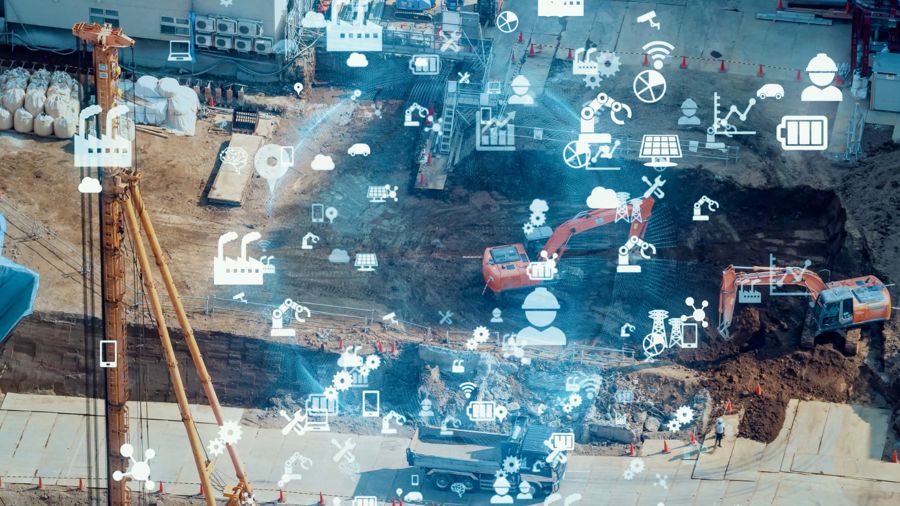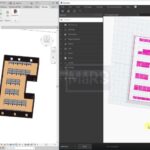Facility Management is the process that for a Building or Structure starts when it has been handed over to the building owner or building manager. These are the people responsible for running the various operations in a building, to ensure safety and keep it in working condition. They assure that the structure is being used optimally with the efficient management of the building and its contents, the equipment, machinery, furniture, and the overall facilities.
BIM has long been known for changing the way in which buildings are being designed and built. It is a piece of technology that has been helping architects and estimators in accurately quantifying and mapping the physical aspects of a building. It is a process-driven technology.
These quantifiable insights from BIM Services can be put to great use in Facility Management. The detailed BIM models can act as a central database for the building managing professionals to refer to, plan operations, and maintain the building.
Deploying BIM in Facility Management can reap many benefits. Some of them have listed as follows:
- Simplified and Efficient Asset Management: With a deeper understanding of the building, its floor plans, and the nooks, and crannies, the facility managers can attempt and succeed in reducing wastage of space, ensuring that it is optimally utilized. Thus, it can help maintain an efficient and safe use and operation of a building.
- Maintenance Schedules: A detailed BIM modeling populated with correct input about the contents can be used in developing a program for the maintenance process and streamlining it. This can help ensure timely scheduling of maintenance and repairs of the equipment and their execution. This would be much more efficient than maintaining manual records.
- Increase the life expectancy: By ensuring timely maintenance of the building and its components, would definitely enhance the life expectancy of the building.
- Reconstruction and Renovation: The BIM model can act as an As-Built model for future renovations and reconstructions. Building owners, designers, and renovators can make well-informed decisions with the help of these models. Thus, it can help simplify the complex renovations process.
- Efficient energy utilization: The information from BIM assists building managers and owners in analyzing the cost spent on energy consumption such as electricity, water, etc. With the help of this, building users can be directed towards adopting more ecologically and economically viable alternatives.
- Client Satisfaction: The clients leasing and renting some sections of the building will have a higher chance of staying if they are satisfied with the facilities provided by the building.
Read also: How To Use BIM For The MEP Installation Process?
There is no limit to the information the BIM can help us extract for a single structure. With the advent and integration of Artificial Intelligence (AI) and Machine Learning in BIM software, we are able to equip ourselves with more information about the structural workings that hold a building together than it was ever possible to know from the schematics and blueprints. By taking action on simple steps being taken in the process of planning, designing, and operating a building, we can simplify them. A properly trained and equipped staff can prove to be an asset in managing the asset facilities.



